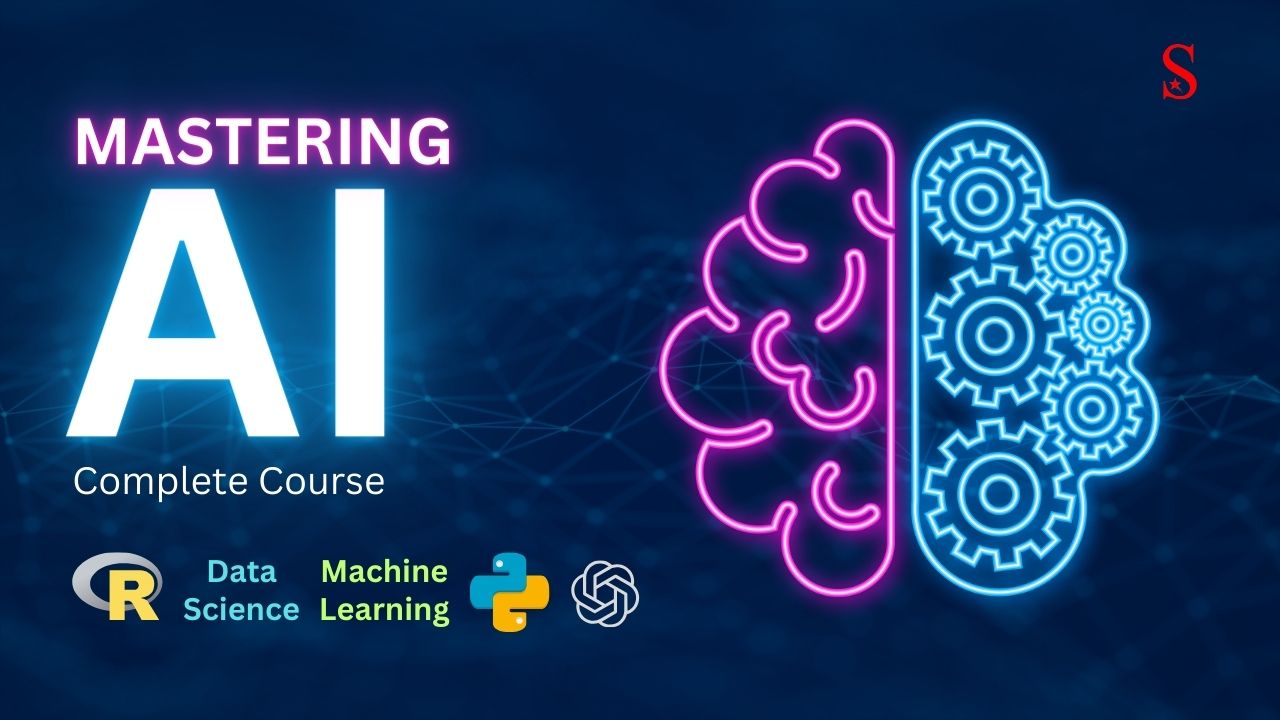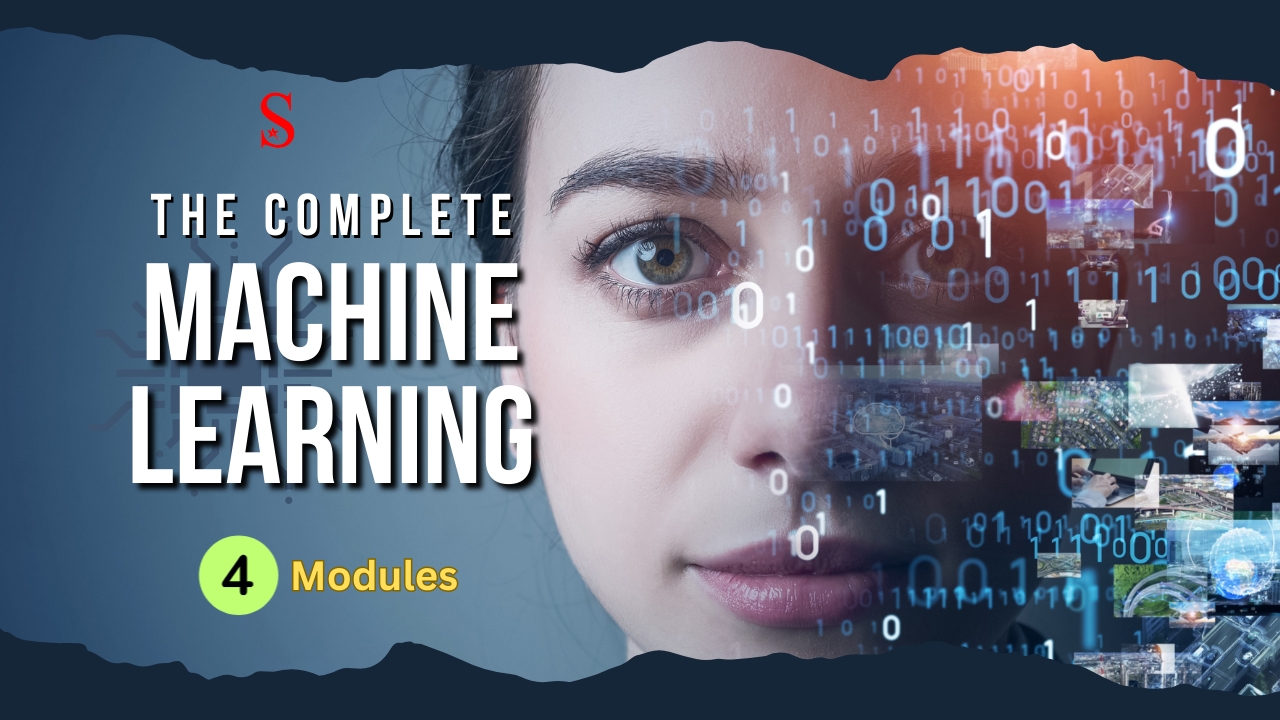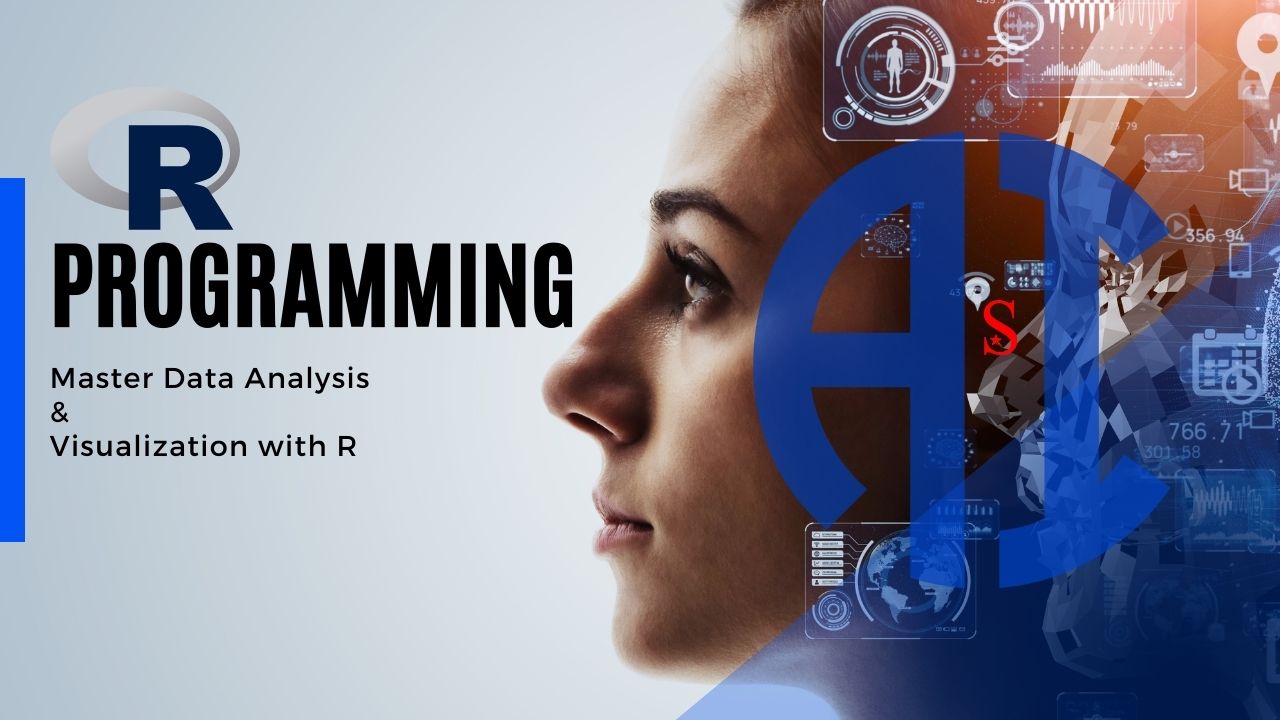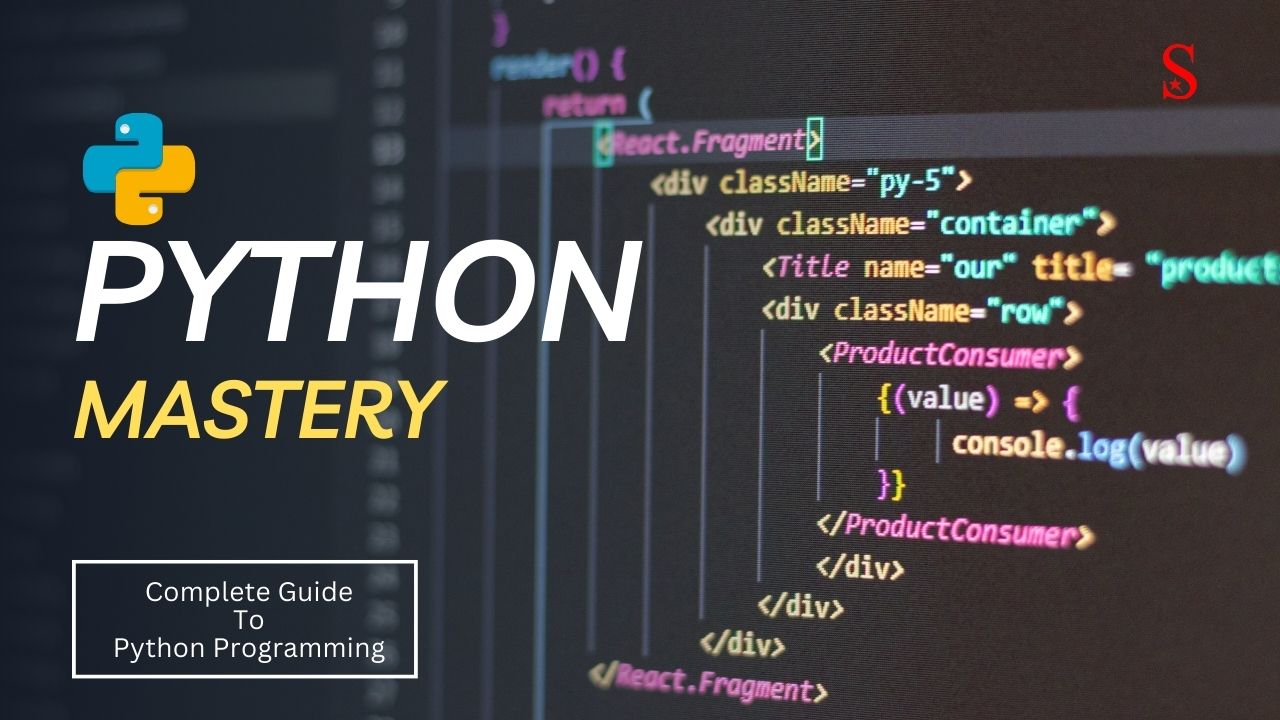
Designed by IIT Madras Alumni
Are you curious about Artificial Intelligence (AI)? Our course is perfect for anyone who wants to learn about AI and its amazing possibilities.
Learn from Industry Experts
Developed by distinguished alumni from the prestigious IIT Madras, our course is curated by industry veterans with extensive experience in AI research and development. Benefit from their wealth of knowledge and practical insights as you embark on your AI journey.
Theory + 20 Live Projects
Gain a holistic understanding of AI principles and techniques through a blend of theoretical learning and hands-on projects. Immerse yourself in real-world AI applications with our curated selection of 20 live projects, covering a diverse range of industries and use cases.
Modules Covered:
Our course covers a wide array of key AI concepts, including :
1. Python
2. AI
3. Machine Learning,
4. Deep Learning
5. R
Each module is meticulously crafted to provide you with a comprehensive understanding of the underlying principles and practical applications.
Practical Learning
Apply theoretical concepts to real-world scenarios with our practical learning approach. Through hands-on projects and interactive exercises, you'll develop the skills and confidence to tackle complex AI challenges and drive innovation in your chosen domain.
Suitable for All Ages
Whether you're a student, a seasoned professional, or simply an AI enthusiast, our course is tailored to meet your learning needs. Regardless of your background or experience level, you'll find valuable insights and resources to accelerate your AI journey.
Who Can Benefit?
Students:
- Enhance Your Learning: Dive deeper into the world of Artificial Intelligence and complement your academic studies with practical skills and knowledge that will set you apart from your peers.
- Gain a competitive edge in your future career by mastering AI concepts and techniques that are increasingly in demand across various industries.
- Get hands-on experience through real-world projects that will not only strengthen your understanding but also prepare you for the challenges of the professional world.
Professionals:
- Upscale with Confidence! Whether you're already working in a related field or looking to switch careers, our course provides you with the expertise and confidence to excel in the rapidly evolving field of AI.
- Keep pace with industry trends and advancements by acquiring cutting-edge AI skills that will make you a valuable asset to any organization.
- Make a smooth transition into the AI industry with our comprehensive course, designed to bridge the gap between your current skills and the requirements of AI roles.
Any AI Enthusiast Learner:
- Explore your passion and fuel your curiosity and passion for AI by delving into its fascinating concepts and applications, from machine learning algorithms to advanced neural networks.
- AI offers endless possibilities for innovation and discovery. Whether you're interested in art, music, or technology, our course will inspire you to explore new ways of using AI to express your creativity.
- Join a Community of Learners. Connect with fellow enthusiasts and experts in our supportive learning community, where you can exchange ideas, collaborate on projects, and embark on your AI journey together.
Start Your AI Journey Today
Join us and embark on an exciting adventure into the realm of Artificial Intelligence. Whether you're a beginner seeking to understand the fundamentals or a seasoned professional looking to expand your skill set, our comprehensive course has something for everyone. Together, let's shape the future of AI and harness its potential to drive positive change in the world.






